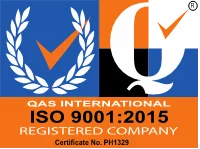Constructing roads and highways requires you to ensure the safety of motorists and pedestrians. You can do this by using high-quality materials and expert road line marking techniques. These will allow you to build roads that are up to standard and will last a long time.
Aside from constructing well-paved highways, one of the best ways you can help keep motorists and pedestrians safe on the road is through highway line markings. Each type of marking will guide Filipino drivers on what to do in specific situations and help them avoid traffic violations and accidents.
Road Markings in the Philippines
Solid White Shoulder Line
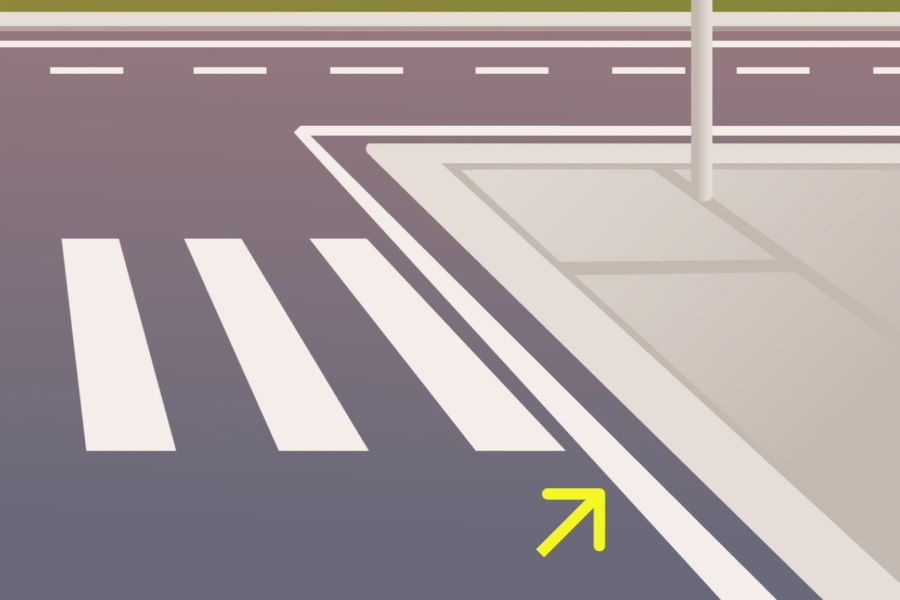
This road marking tells drivers to stay inside a certain space. They should not go beyond these lines when driving, whether to overtake other vehicles or for any other reason.
Solid White Line in the Center

Solid white lines in the center of the road divide highways into a right- and left-hand side. This allows passing cars to stay in their lane and avoid collisions with vehicles going the other way.
Broken White Center Line

This is another marking used to divide two-lane roads into a right- and left-hand side. The difference is that vehicles can overtake one another in areas divided by the broken white center line, considering they do it with care.
Double White Center Lines

Overtaking is not allowed in the parts of the road divided by thick, double white center lines. Only left-hand turns are permitted if the road is clear. Otherwise, drivers need to stay in their lane.
Double Yellow Center Lines
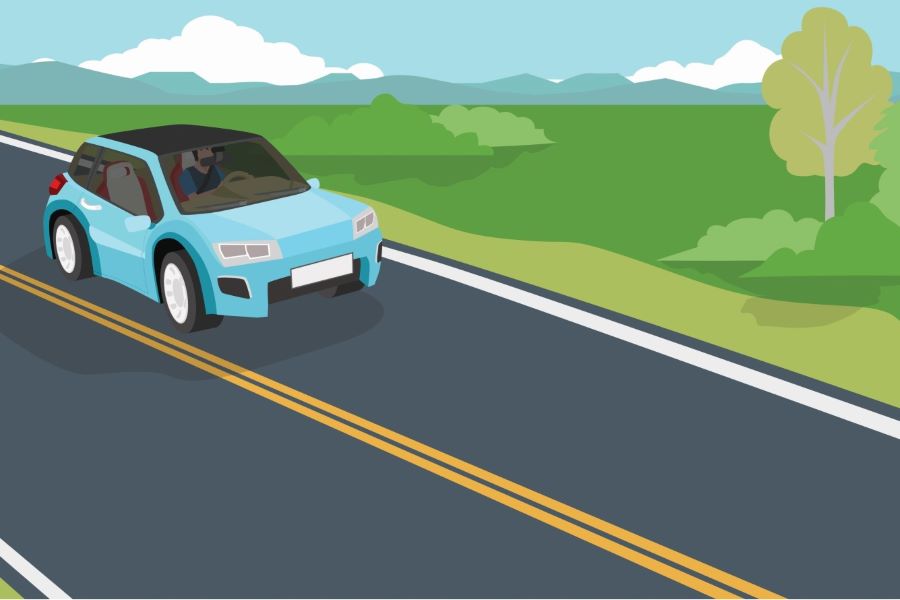
This type of highway line marking is often placed in areas with blind curves and fast-moving cars. Similar to double white center lines, yellow lines prohibit drivers from overtaking at all times.
Mixed Center Lane Divider With Broken Lines
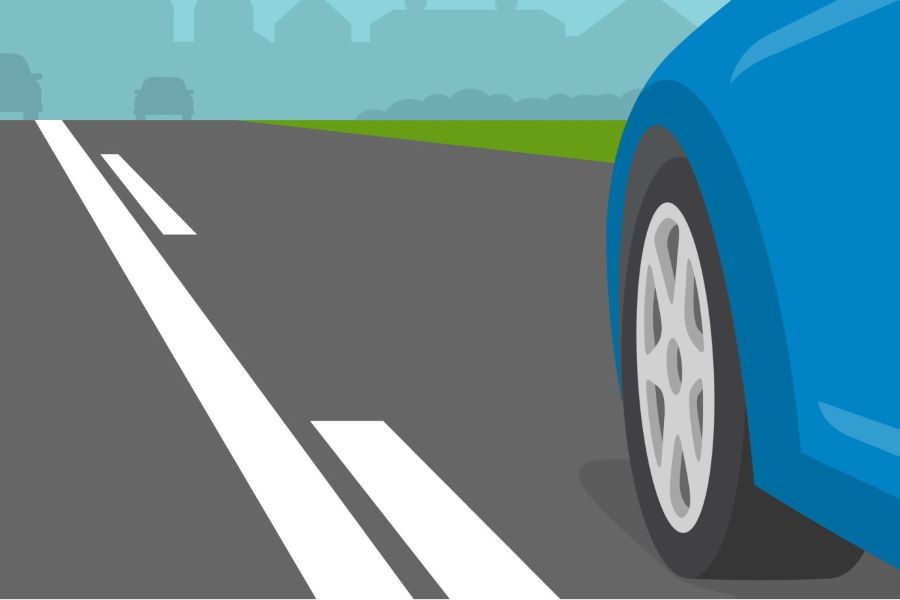
Sometimes, lanes are divided with a solid line on one side and a broken line on the other. This road marking means that drivers on the side of the broken line can overtake other vehicles as long as they do it safely.
Mixed Center Line with Broken Yellow or White Line
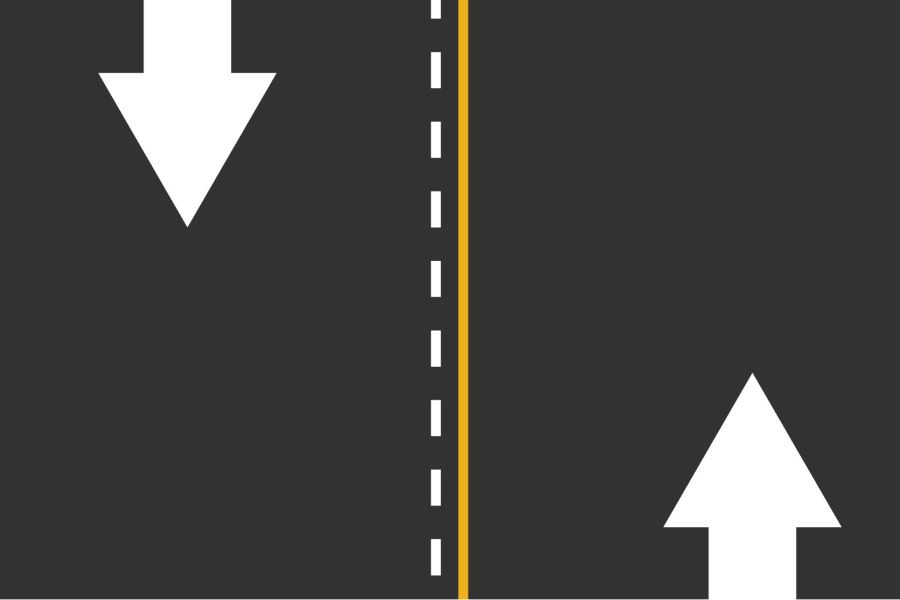
This type of line often appears on dangerous curves or merging ones. This type of marking allows drivers to overtake but only from the side on which the broken line runs along.
White Lane Divider
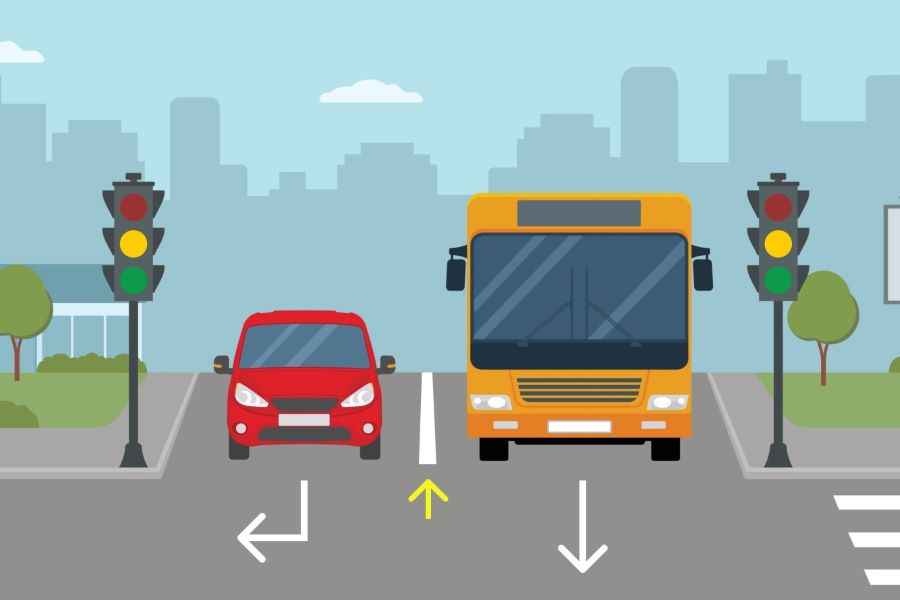
Solid white lane dividers can usually be found before an intersection and indicate that drivers can no longer change lanes. This type of line reminds drivers to stay within their lane and to follow the arrow indicated on their lane.
solid Yellow Lane Divider
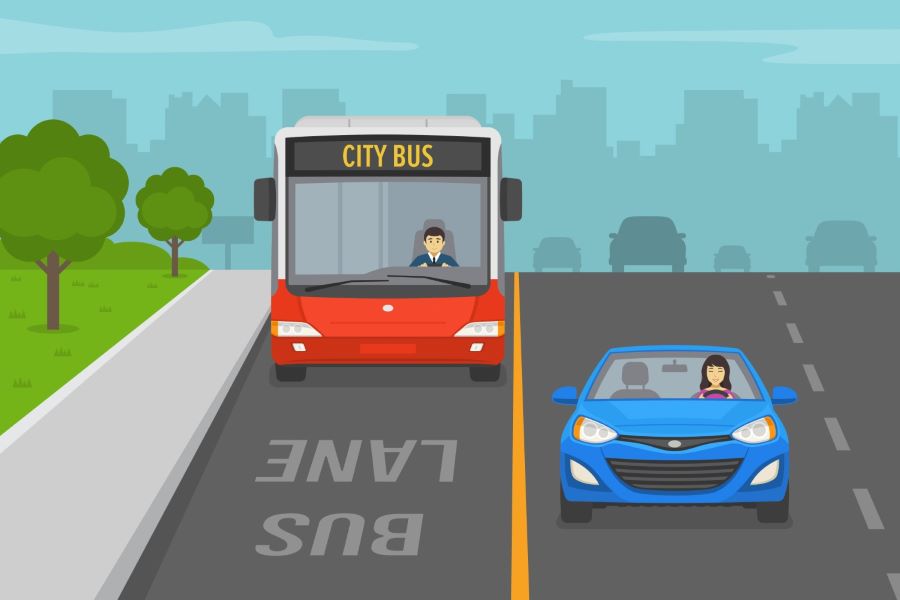
The portion of the road inside a solid yellow lane divider is assigned for buses. Private vehicles and other PUVs are prohibited from crossing this line.
Broken Yellow Lane Divider
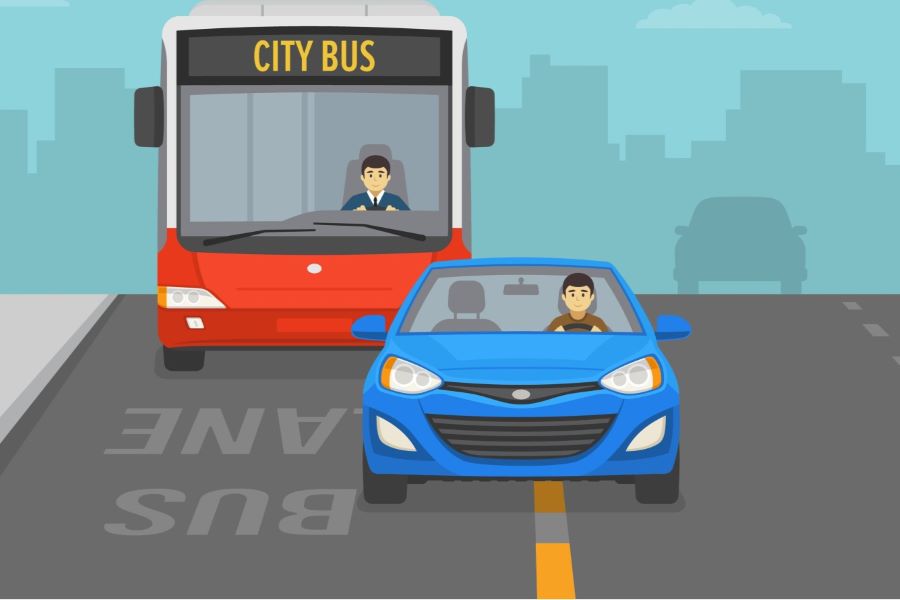
Broken yellow lane dividers allow private vehicles and other PUVs to enter the bus lane. This highway line marking often appears in areas where drivers need to cross the bus lane to turn to an intersection or make a U-turn.
Broken Blue Lane
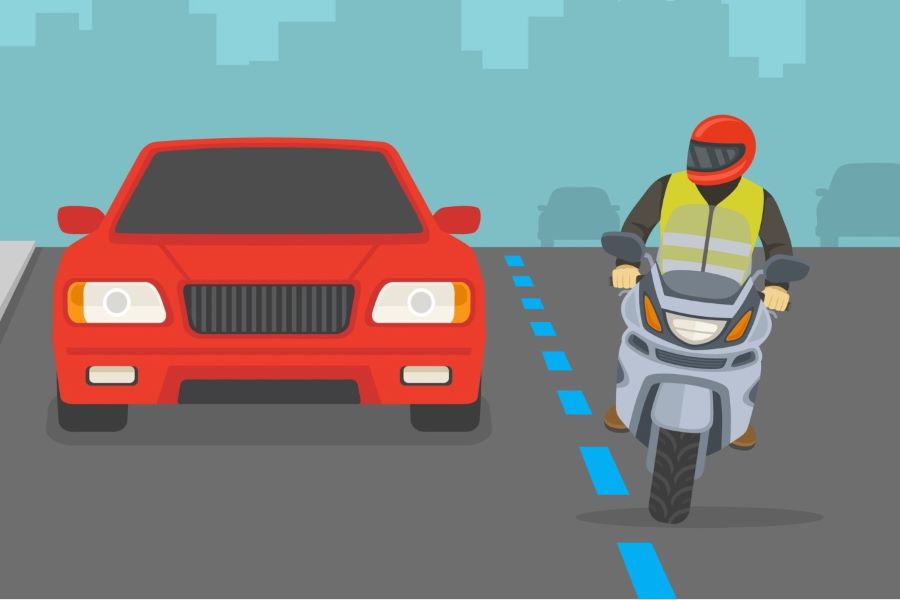
On a major road, this line signifies that it’s for motorbikes. Vehicles can still maneuver through this lane but, the lane is made for motorists.
Solid Horizontal Line
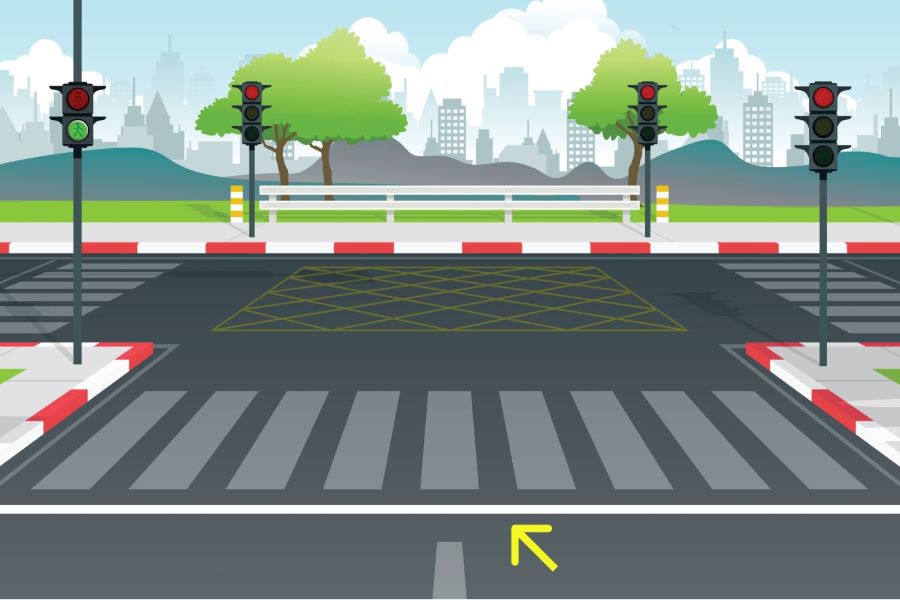
This type of highway line marking is often found at the borders of intersections. It tells drivers where to make a full stop to avoid getting a violation or being involved in an accident. Vehicles can only go ahead or turn when the stoplight turns green or the traffic enforcer signals it is safe to do so.
Directional Arrows
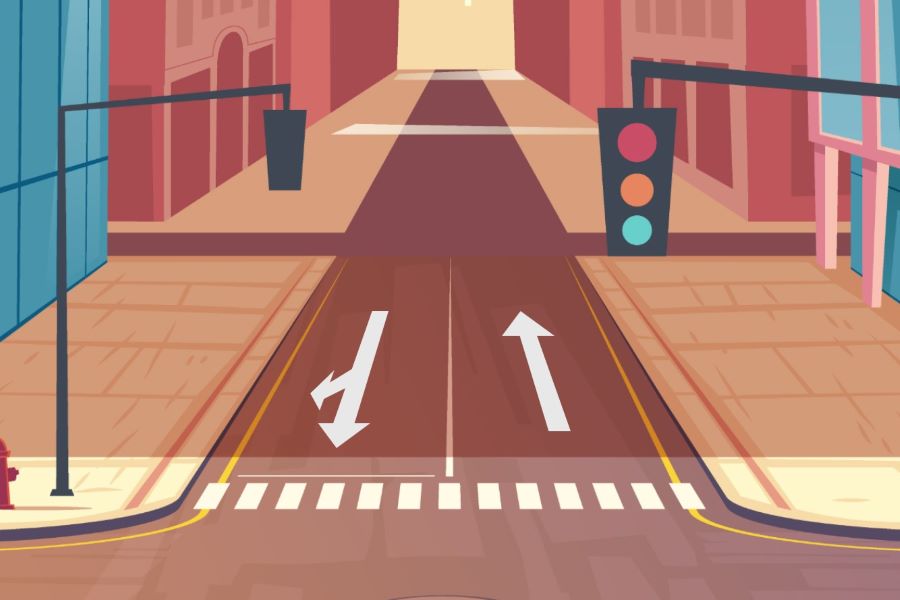
Directional arrows tell drivers which direction they can go depending on the lane they’re on. Only lanes with arrows pointing left or right will be allowed to make a turn, arrows pointing forward may only go straight. Non-compliance with these markings may lead to fines or accidents.
Diagonal Lines
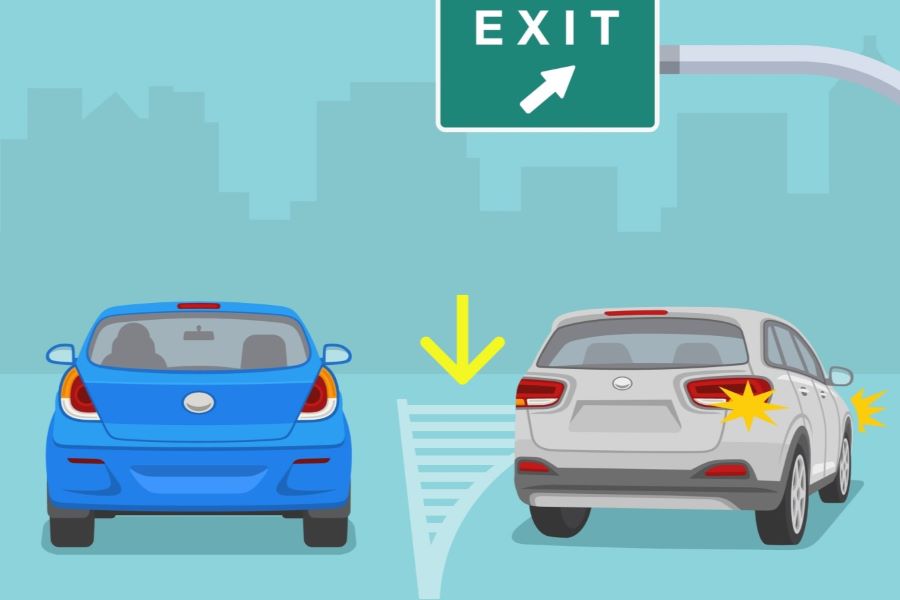
The diagonal white lines can be found in parts of the road that merge or intersect. This type of marking was made to ease traffic and for emergencies.
Rumble Strips
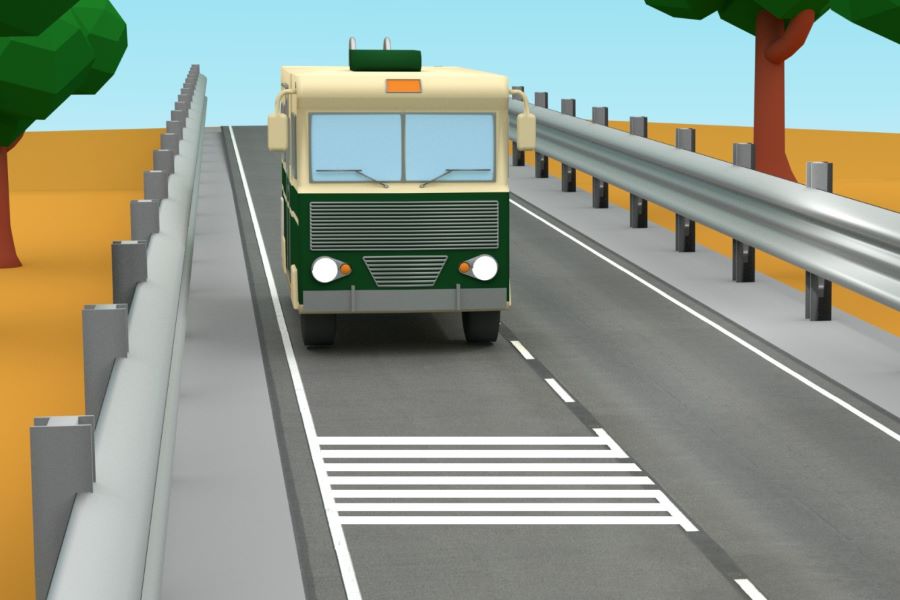
These continuous horizontal lines are an indication of merging traffic, sharp curves, and hazards on the road ahead.
Yellow Box
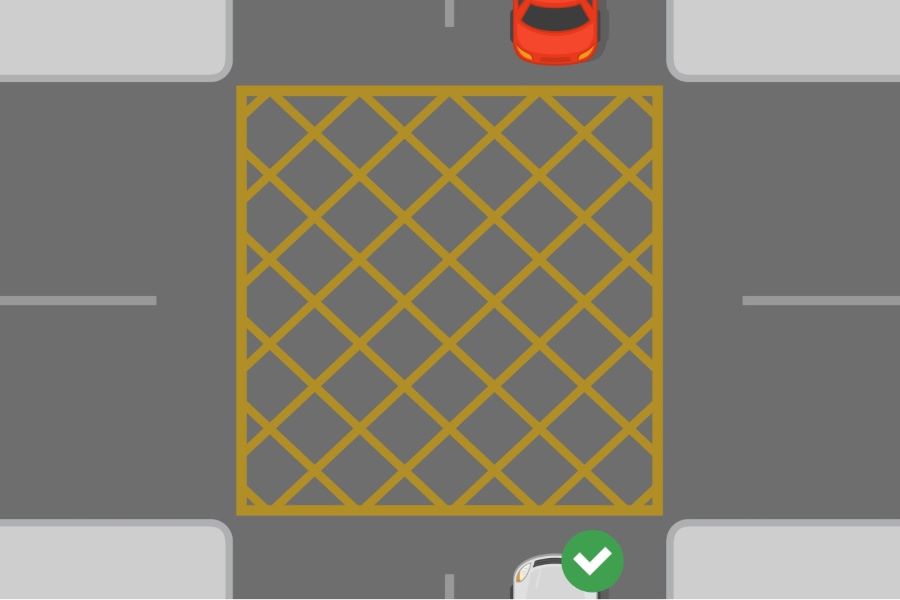
The yellow box painted on intersections signals to drivers that they need to keep the space open. Cars are not allowed to stop inside the yellow box and block oncoming traffic.
Pedestrian Crossing
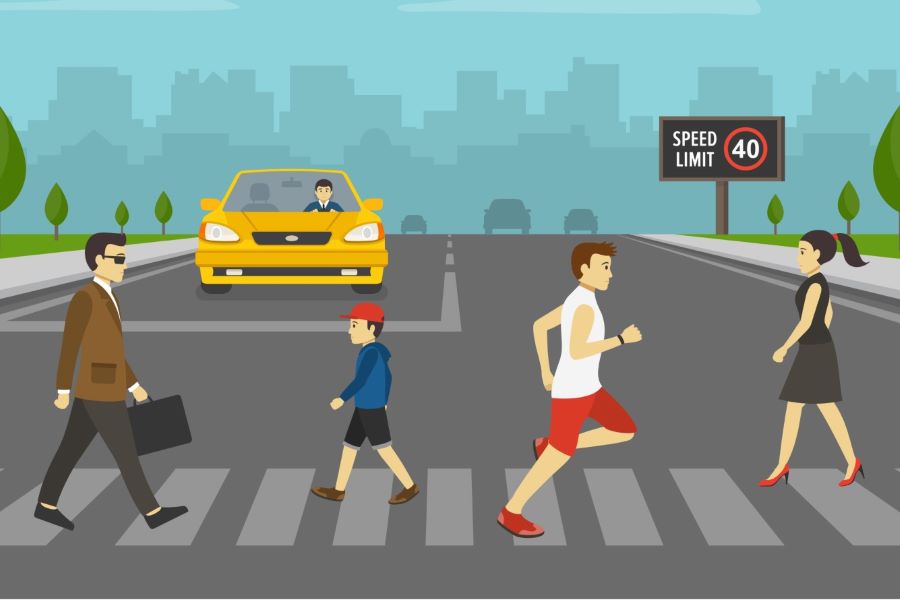
Perhaps the most common road marking, the zebra or pedestrian crossing is often found in areas where people usually cross the street. In the Philippines, road signs are placed before this road marking to alert motorists of pedestrians up ahead. Cars that encounter this road marking must make a full stop and give way to pedestrians to ensure their safety.
Speed Limit
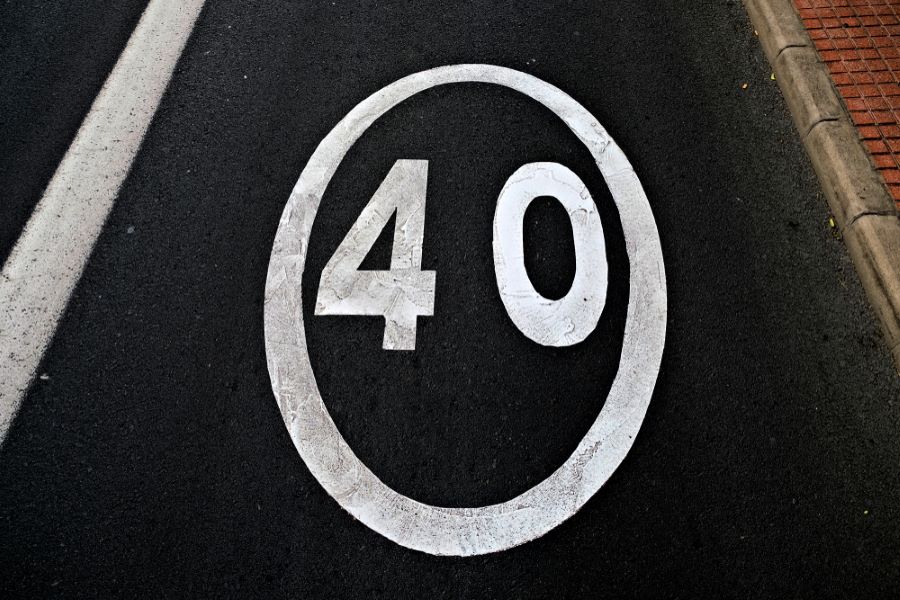
In national highways like EDSA, speed limits aren’t just posted on signages, but they can also be written on the pavement. Speed limit markings on pavements help remind people about safe driving practices.
Loading and Unloading Bay

Loading and unloading bays are used by public utility vehicles (PUVs) to give passengers a proper lace to alight without hindering traffic.
Cat’s Eyes
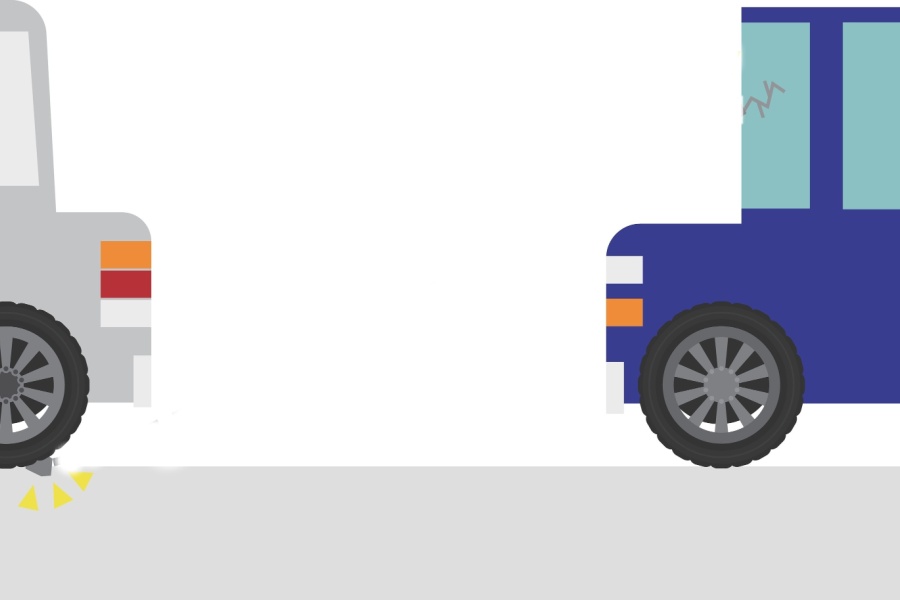
On roads that have poor visibility, cat’s eyes are used to reflect headlights and enhance nighttime visibility. Cat’s eyes are embedded in road surfaces that result in elevated pavement markers.
Standard Size for Road Marking Signs
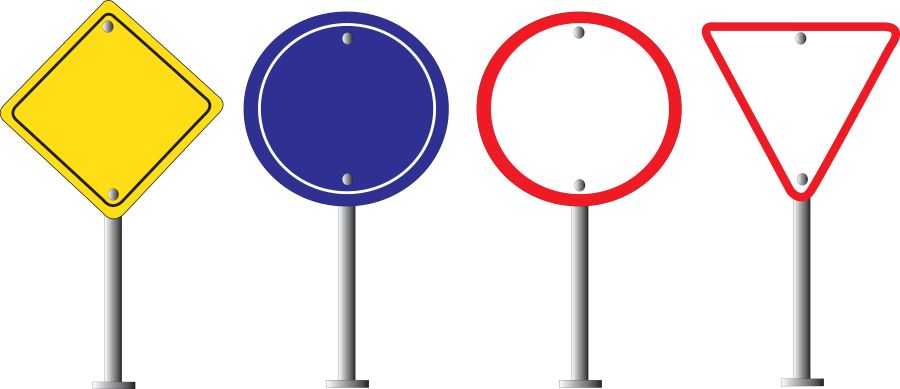
To maintain uniformity along all the roads in the Philippines, there’s a standard size for road marking signs on national roads.
Yellow Solid, Double, and Center Lines
For these types of road markings, the width of each line must be 150 mm and the thickness must be 3.20 mm.
White, Solid Edge Line
White solid edge lines must be 100 mm in width with a thickness of 3.20 mm.
White, Broken Line
White broken lines must be 1500 mm in width and 3.20 mm thick. These must be 3 m long with a 6 m gap in-between each line.
Pedestrian Lanes
Along national roads, there are two different widths utilized for pedestrian lanes. The width of the pedestrian lane depends on the maximum speed that cars can go in these areas and if they’re signalized or unsignalized.
All pedestrian lane bars must have equal width between bars. Signalized pedestrian crossings, on the other hand, must have at least 4 to 8 meters of space between each solid white line.
Unsignalized pedestrian crossings:
- For speeds lesser than 60 km/h, the pedestrian lane must be 300 mm in width and must not be less than 4 m long.
- For speeds more than 60 km/h, the pedestrian lane must be 600 mm in width and must not be less than 4 m long.
Signalized pedestrian crossings or crosswalks:
- For speeds lesser than 60 km/h, the sold white lines must be 150 mm in width.
- For speeds more than 60 km/h, the solid white lines must be 300 mm in width.
Make Highway Line Markings That Last
To ensure that every road marking you make lasts a long time, you should invest in proper road marking equipment and in the high-quality thermoplastic paint offered by Rua Seguridad. This traffic paint was formulated to withstand the Philippines’ tropical weather and keep drivers safe any time of the year. Learn more about this product by contacting us today.

